WASHINGTON – The U.S. Navy conducted the first of three in-water blasts near first-in-class aircraft carrier Gerald R. Ford, kicking off the full-ship shock trials process on a nuclear-powered flattop for the first time in 34 years.
The Navy’s shock trial event, the first of its kind on any class of ship since 2016, aims to prove the new carrier can withstand a hit in combat. The ship will go through two more scheduled blasts in June and July, Lt. Cmdr. Desiree Frame. a Ford spokeswoman, told Defense News.
“In a shock trial, a ship undergoes three 40,000-pound explosive charge detonations which occur successively closer to the ship,” she said. Exact dates for each event are dependent on sea state, weather, marine mammal activity and other factors.
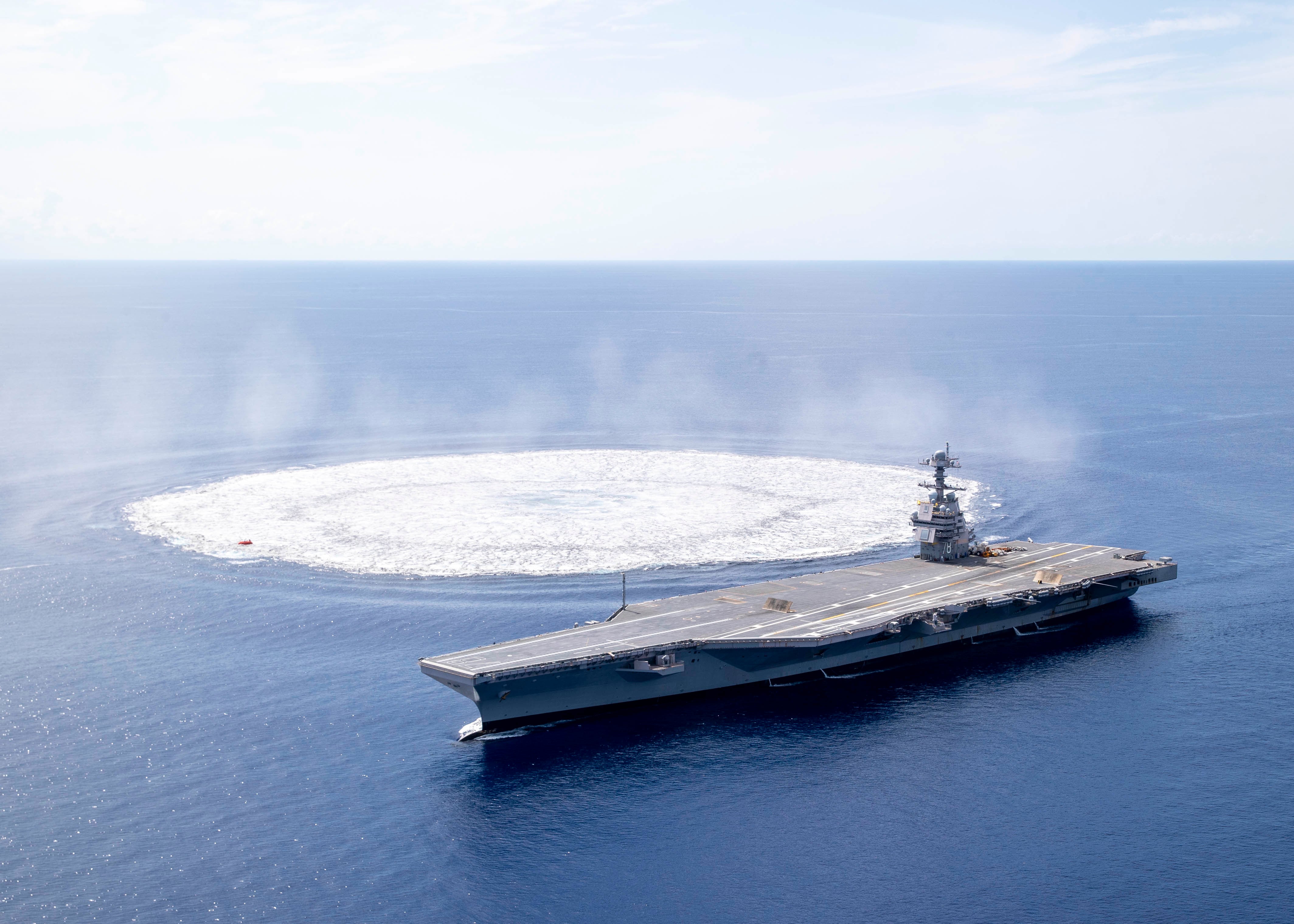
Frame said the first blast, which occurred June 18 about 100 miles off Palm Coast, Fla., was planned by the Navy “within a narrow schedule that complies with environmental mitigation requirements, respecting known migration patterns of marine life in the test area.”
She said the remaining two blasts, which will use the same explosive but occur closer in the water to the ship hull, will take into consideration weather and wildlife factors as well.
Prior to the blast, the Navy planned the event “using advanced computer modeling methods, testing, and analysis to ensure the ship is hardened to withstand battle conditions, and these shock trials provide data used in validating the shock hardness of the ship,” Frame said.
Capt. Paul Lanzilotta, Ford’s commanding officer, told reporters aboard the carrier in May that, “as you’ve been walking around the ship, if you have a keen eye and you’ve been on lots of carriers, you’ll see some extra wires and things like that. All of those connect to sensors and data acquisition systems that we’re going to use in order to measure the ship’s performance during” the blasts.
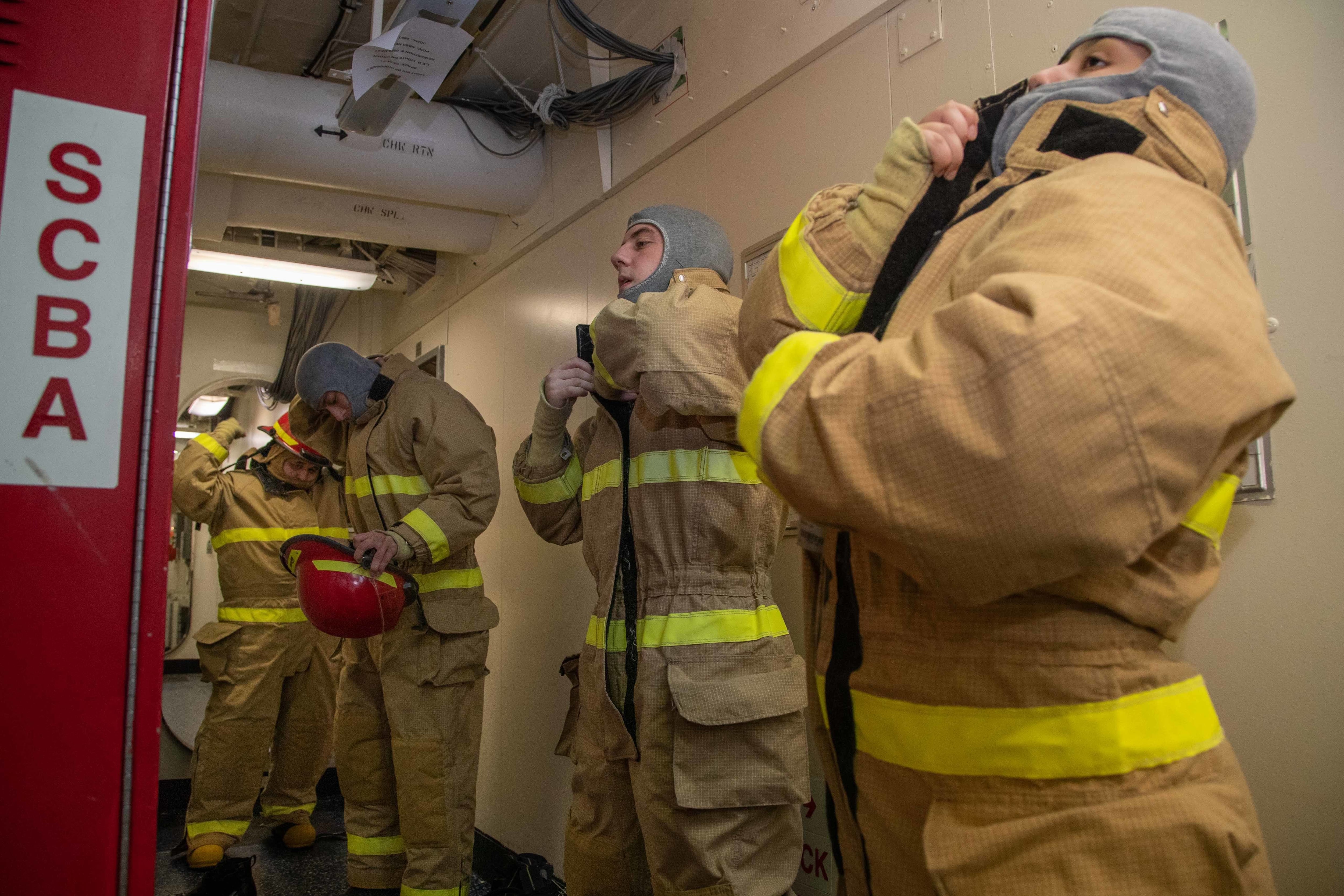
He said fragile items — such as decorations in his in-port cabin and elsewhere commemorating namesake President Gerald Ford, for example — as well as noncombat items would be removed from the ship ahead of time.
“There are things on the ship that we just know are not intended for a battle-shock scenario — something like a commercially bought printer that you connect to your computer,” he said. “Those printers aren’t meant to withstand ship shock trials, so we’re going to remove them from the ship and save the taxpayer the expense that we already know we’re likely to get. That’s quite a bit of work when you have a ship with 5,000 spaces in it, so we have to prepare all of our gear.
“We’re also going to prepare the crew: so the crew has to know what to expect, they need to practice their damage control procedures because that’s something that we all need to be good at, and when we shock the ship we need to make sure that we have the ship in as ready a condition as we can.”
The crew was onboard during Friday’s event and ready to respond to any leaks, fires or other damage that could occur as a result of the blast. The Navy did not release specific information about how the hull handled the blast, other than saying the event was “successfully completed.”
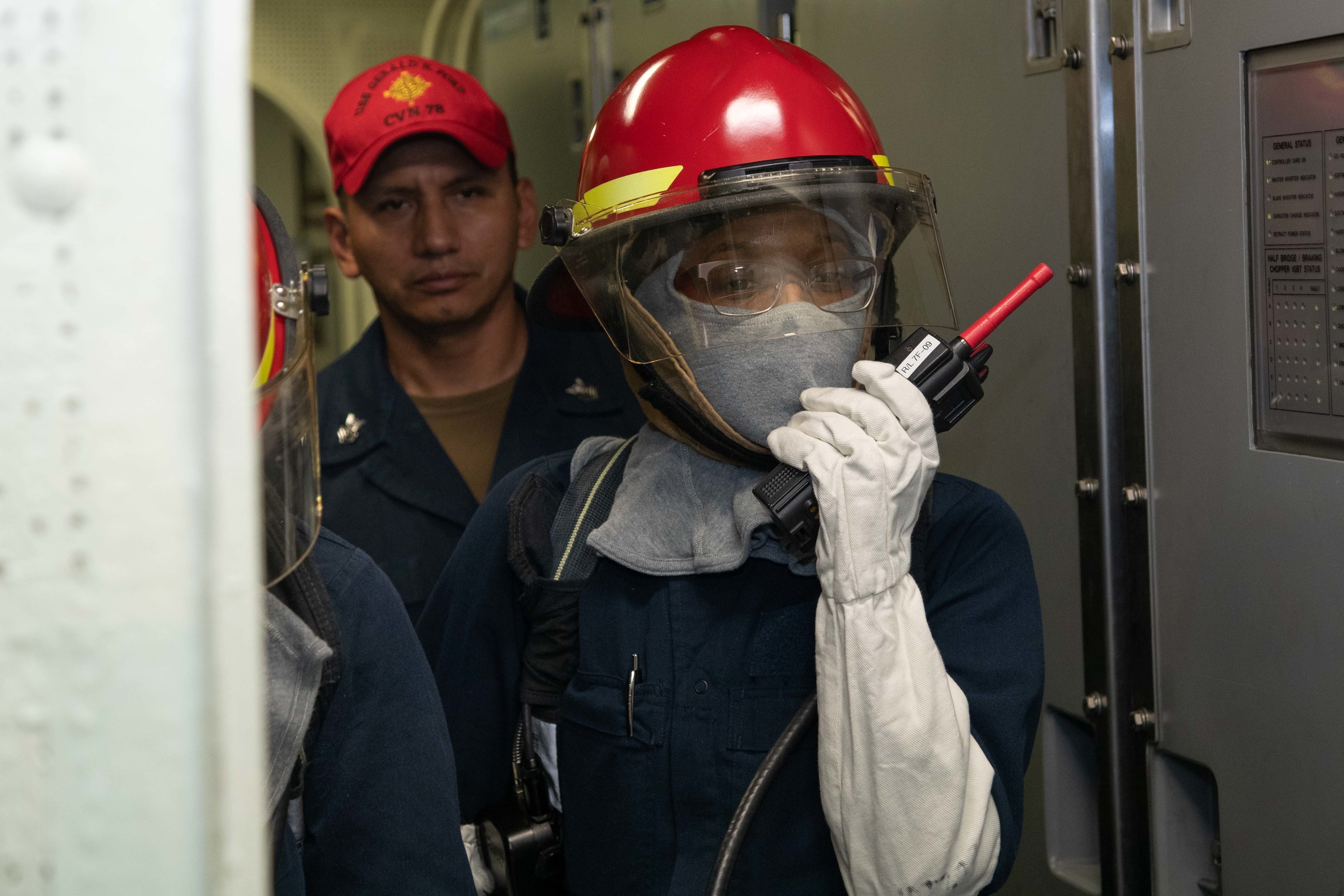
The last carrier to undergo full-ship shock trials was Theodore Roosevelt in 1987. Cruiser Mobile Bay also underwent shock trials that year. Amphibious assault ship Wasp went through shock trials in 1990, amphibious transport dock Mesa Verde in 2008, and Freedom-variant littoral combat ship Milwaukee and Independence-variant LCS Jackson in 2016.
Shock trials are not typically conducted on first-in-class ships — though Wasp was the first of its class of LHDs and performed the test — but Congress required the Navy to put the Ford, which was delivered to the Navy years after its original schedule, through the test as soon as possible after post-delivery test and trials.
Once done with shock trials, Ford will enter a maintenance period that’s planned to last six months, where any damage from the shocks will be repaired and final computer and system upgrades will be installed before the ship begins training for its maiden deployment, which will occur as early as 2022.
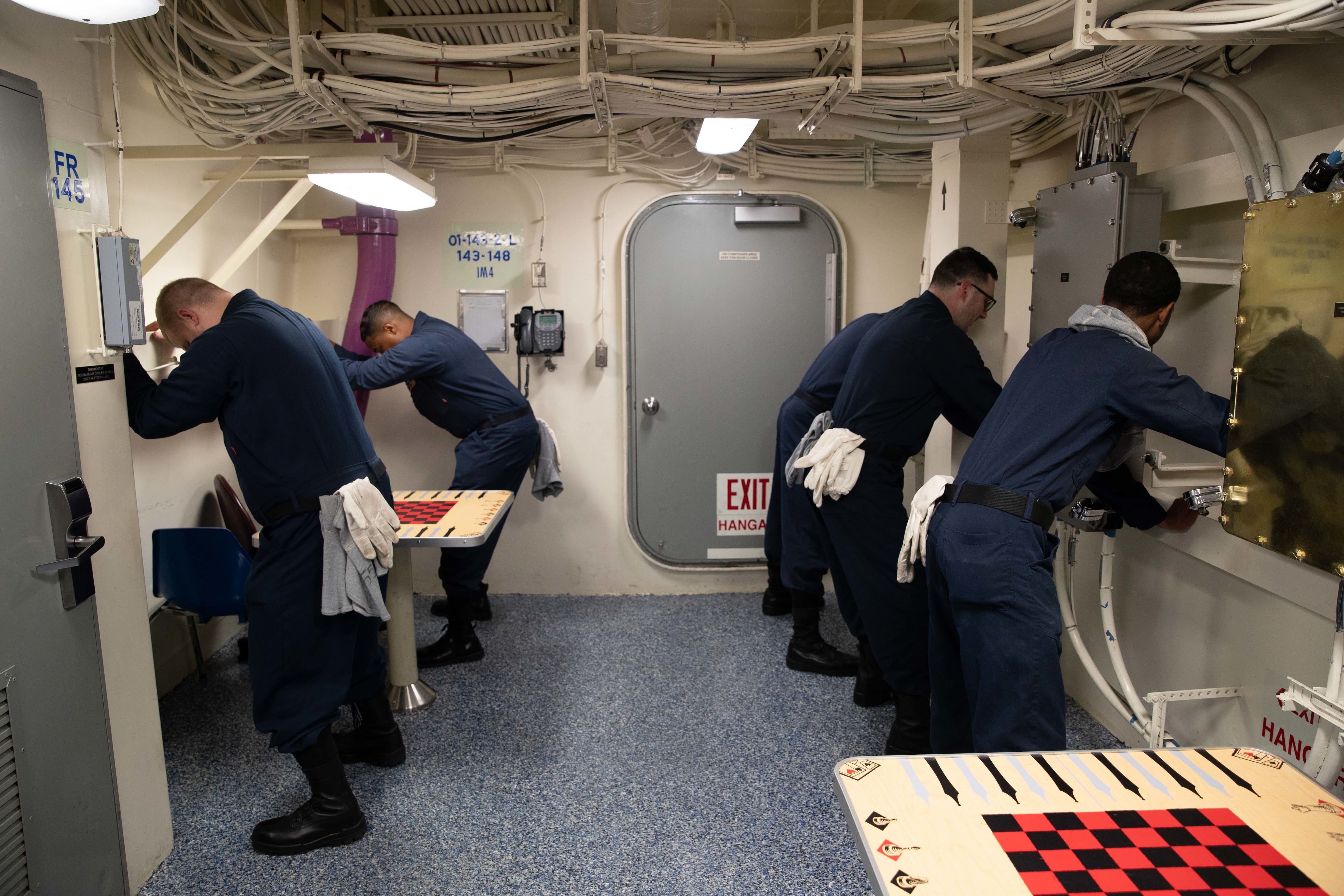
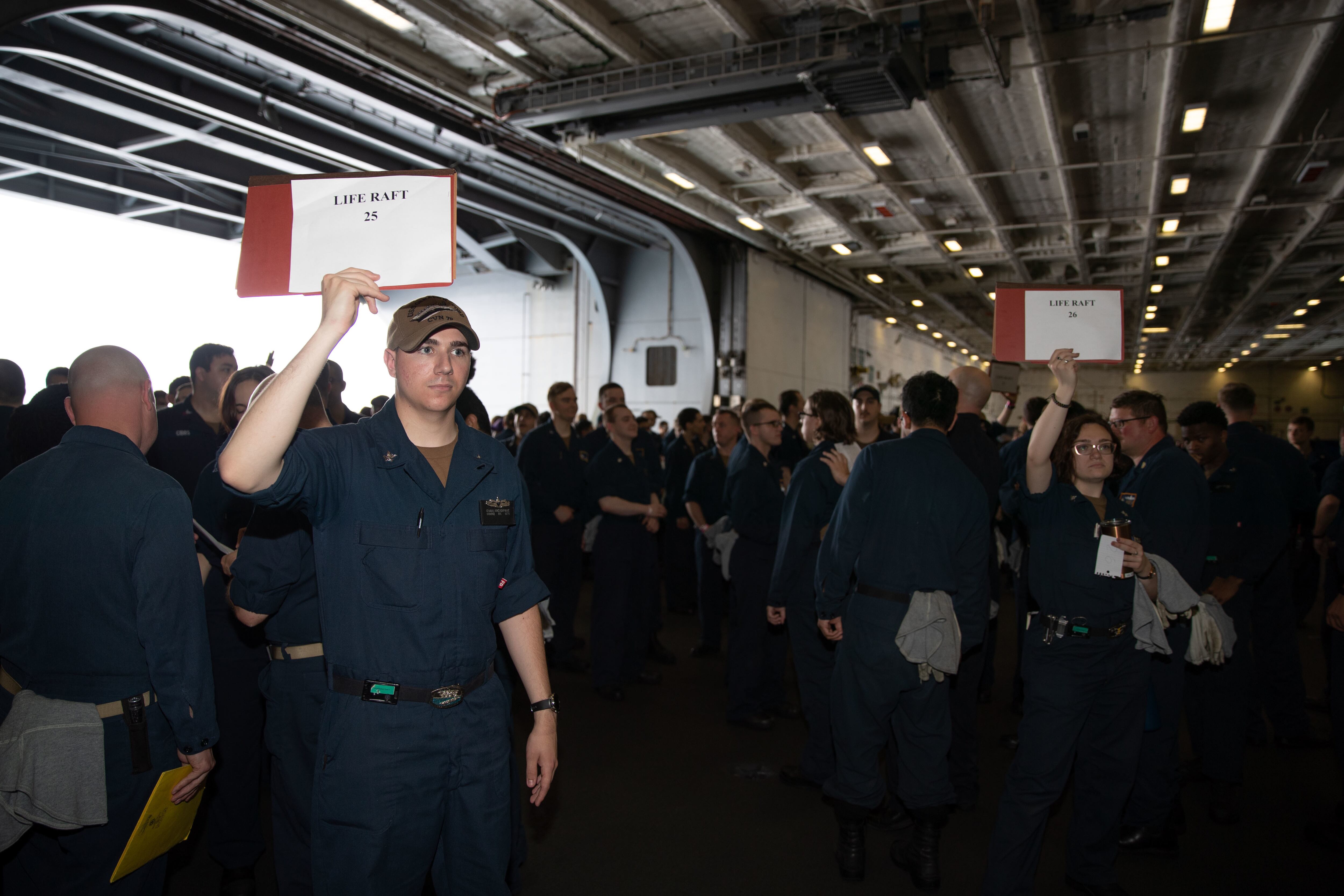
Megan Eckstein is the naval warfare reporter at Defense News. She has covered military news since 2009, with a focus on U.S. Navy and Marine Corps operations, acquisition programs and budgets. She has reported from four geographic fleets and is happiest when she’s filing stories from a ship. Megan is a University of Maryland alumna.
